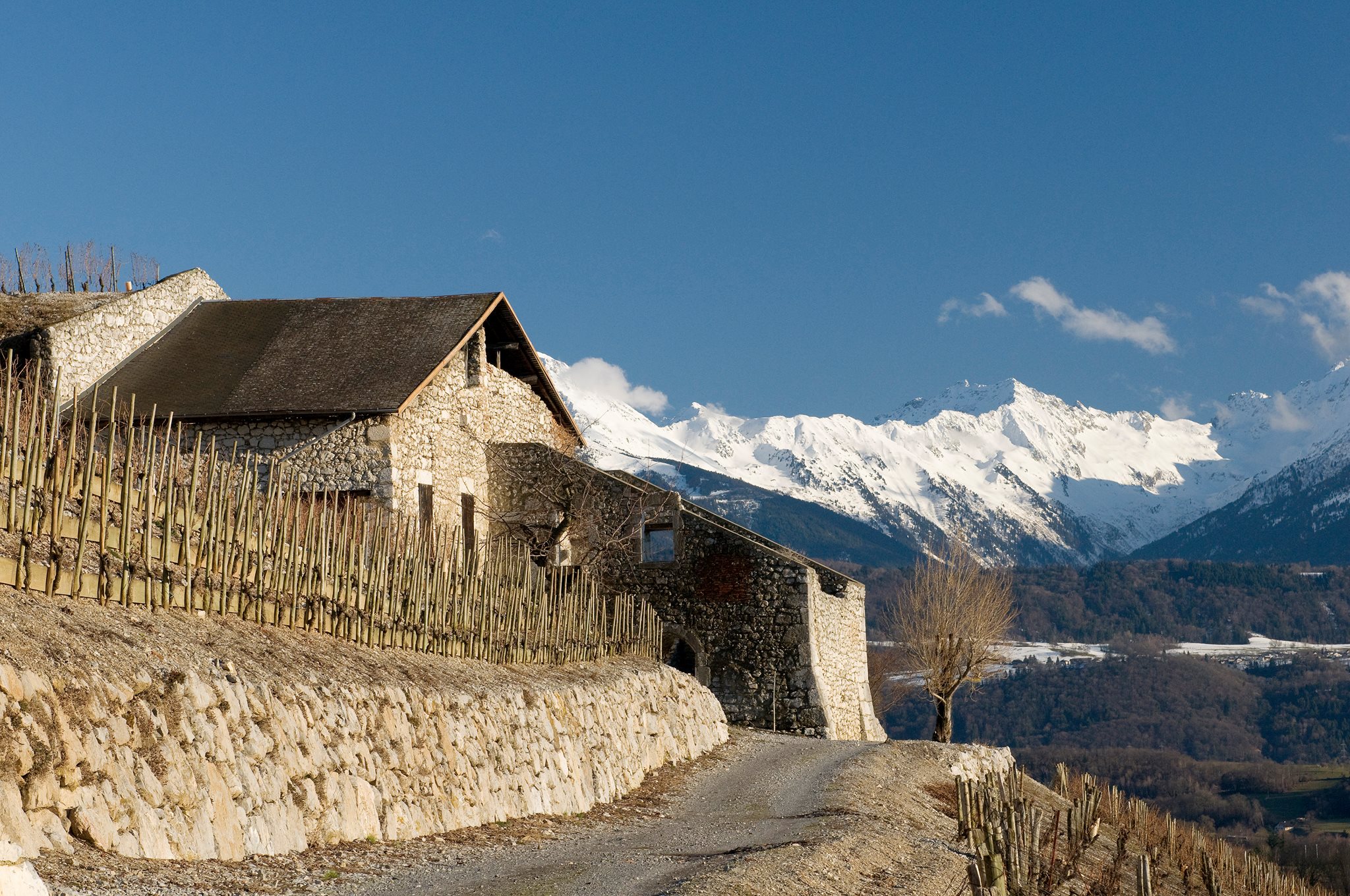
I was intrigued when I came across a bottle of “natural” wine from France’s Savoie region. Wines from Savoie can be quite good, but difficult to find. On the other hand, I generally avoid “natural” wines because they often are unappealing or flawed. Yet, because the importer was Kermit Lynch, known for the quality of its offerings, I decided to try it.
So, what’s the fuss about natural wines, and the related organic and biodynamic wines? In a nutshell, these wines minimize the use of vineyard chemicals and wine additives. The details can be complex and vary among different countries, but basically:
- Organic wine avoids the use of non-organic fertilizers, vineyard chemicals and genetically modified materials. Sulfur may be used in Europe, but not in the U.S. and Canada.
- Biodynamic wine goes a step further and requires that the vineyard be “self-sustaining;” that biodynamic preparations, such as organic teas, be applied to the vines; and certain vineyard and wine-making tasks be performed according to a celestial calendar.
- Some biodynamic priciples (such as burying a horn full of cow manure for six months) seem bizarre. That said, many top winemakers utilize biodynamic principles. This falls into the category of you can't explain it, but it seems to work. Of course, it may be that these winemakers are more conscientious in all aspects of wine-making than most, and therefore produce better wine.
- Natural wine, a somewhat amorphous term, requires that grapes be handpicked, and chemicals, wine additives and filtration avoided. The problem being that sulfur is important in preventing oxidation and spoilage of wine, and filtration is necessary to produce a clear wine. Natural wines are prone to cloudiness and spoilage, and can be quite disappointing.
Savoie is a small region located east of Burgundy, in the foothills of the French Alps near the Swiss border. It was once a powerful Duchy that covered a large swath of Italy and France and trade routes across the Alps, but by the 19th century lost its power and was absorbed by France. It's now known mostly for winter sports and tourism.
- Savoie produces some excellent wines that have a distinct regional character. About two-thirds are white, including crisp, low-alcohol wines made from the Jacquère grape, and more serious whites from the Altesse and Bergeron grapes. Some interesting reds are made from the Mondeuse grape. Five villages can append their names to "Savoie" as to indicate a high quality "cru."
Our Wine of the Week is a 2013 Domain Quenard Arbin “Terres Brunes" ($21). It's made in the cru village of Arbin, which typically produces full-bodied, intense wines. The wine is fermented naturally, not filtered to remove solids, and clocks in at a low 12 percent alcohol. It has a pale garnet color, and is noticeably cloudy.
- Cutting to the chase: this is not a wine for everyone. It has noticeable tartness and sourness, and should be paired with a hearty meal, such as grilled red meat, a beef stew or Alpine cheeses. That said, it's a good quality, interesting wine, with strawberry and spice aromas. On the palate, it's full bodied, with medium tannins, a defining tartness and sourness, and notes of black cherry and black pepper.
- You'll want to decant this wine to allow it to open up and the sediment to settle.
- On balance, it was worth a try - you learn a little bit, and better understand your own tastes, by trying different wine styles. If you're in the mood for something a little different this could be a good choice.
Cheers!
